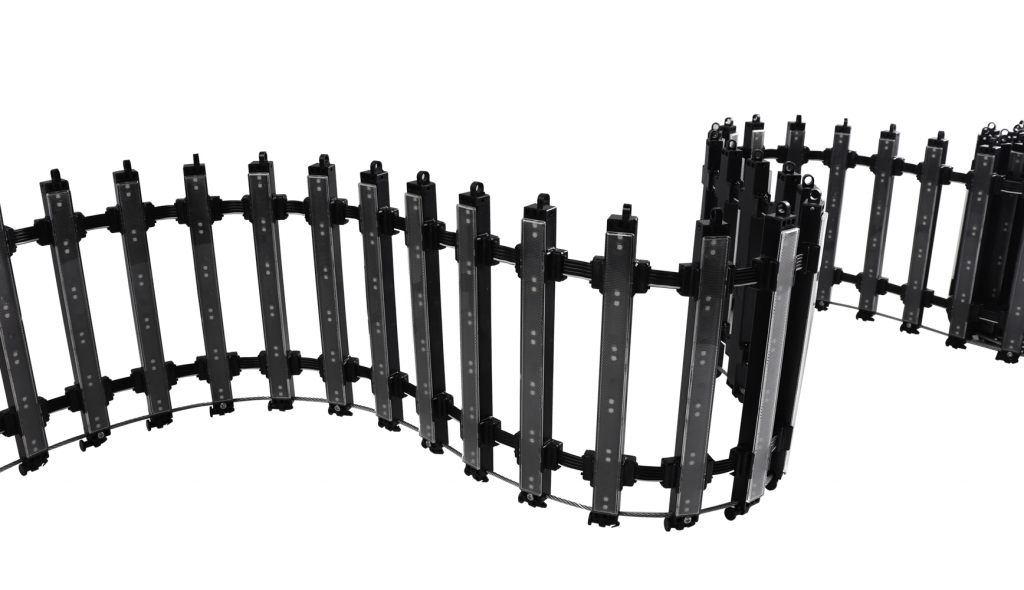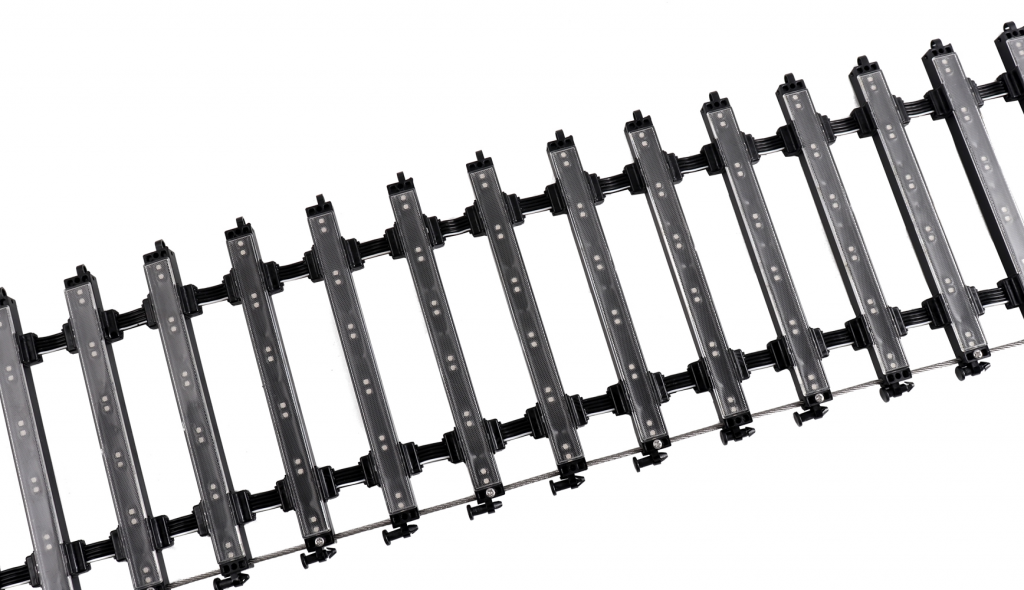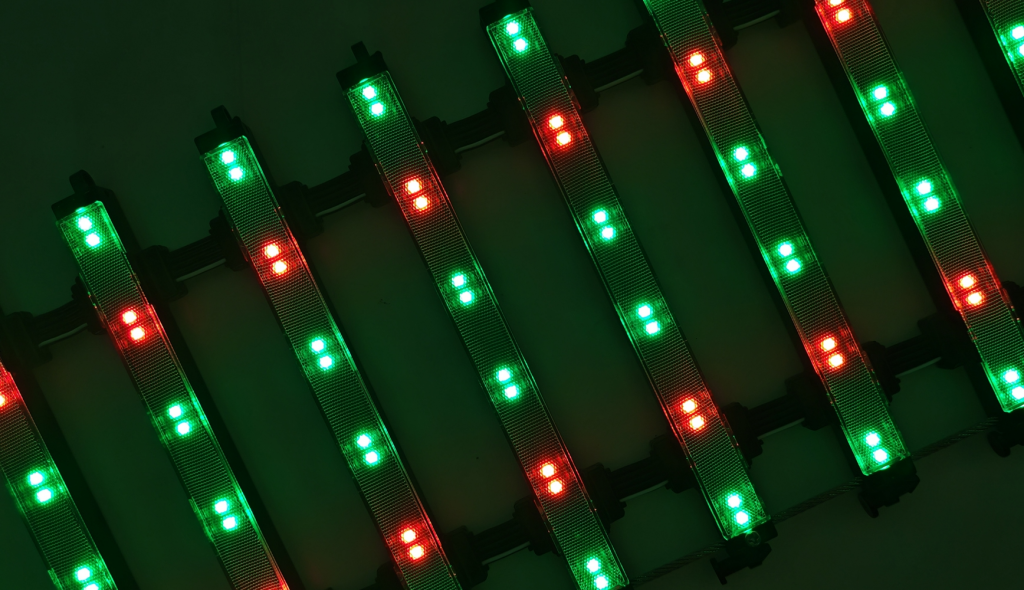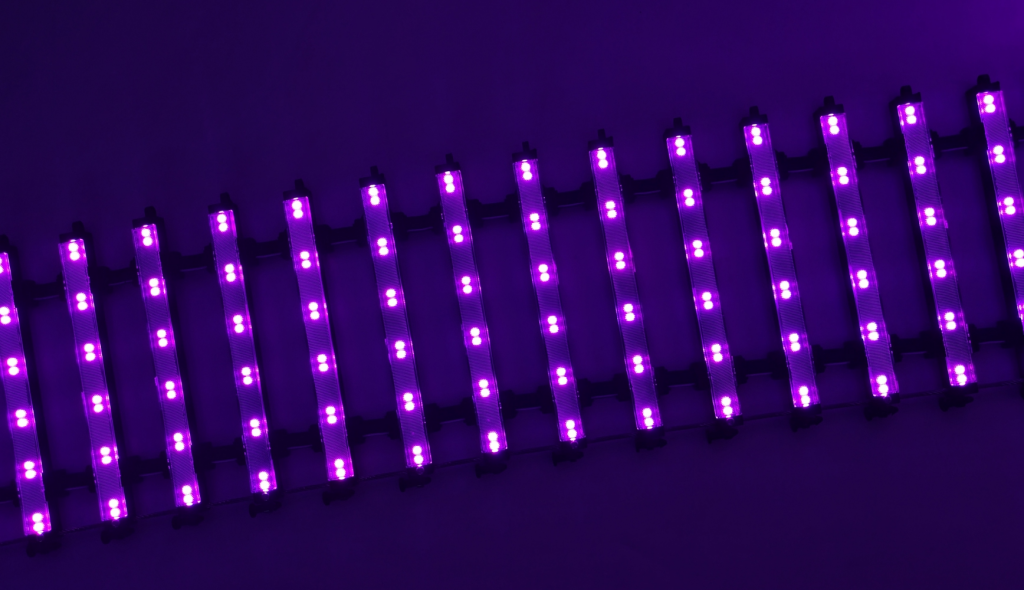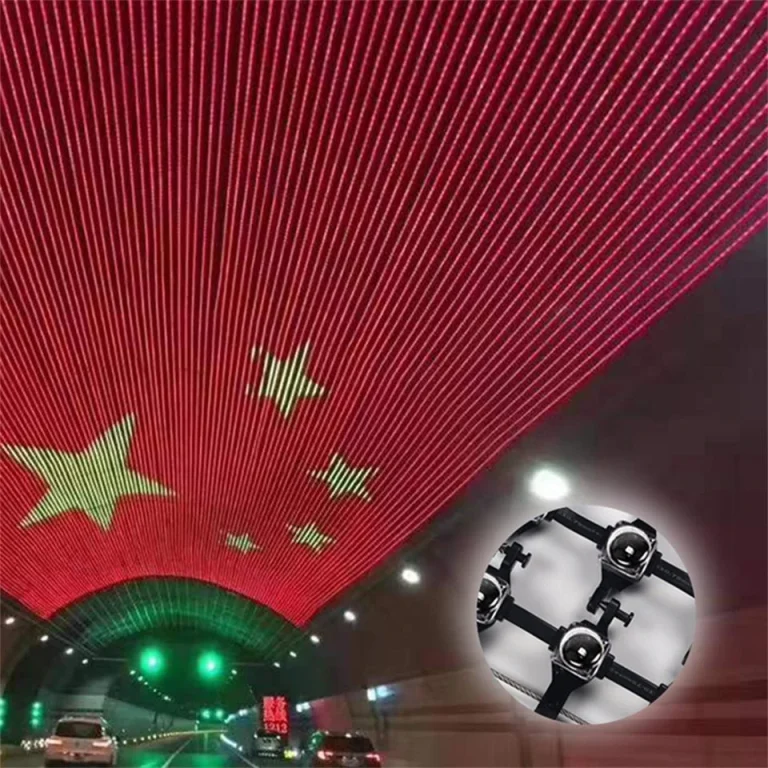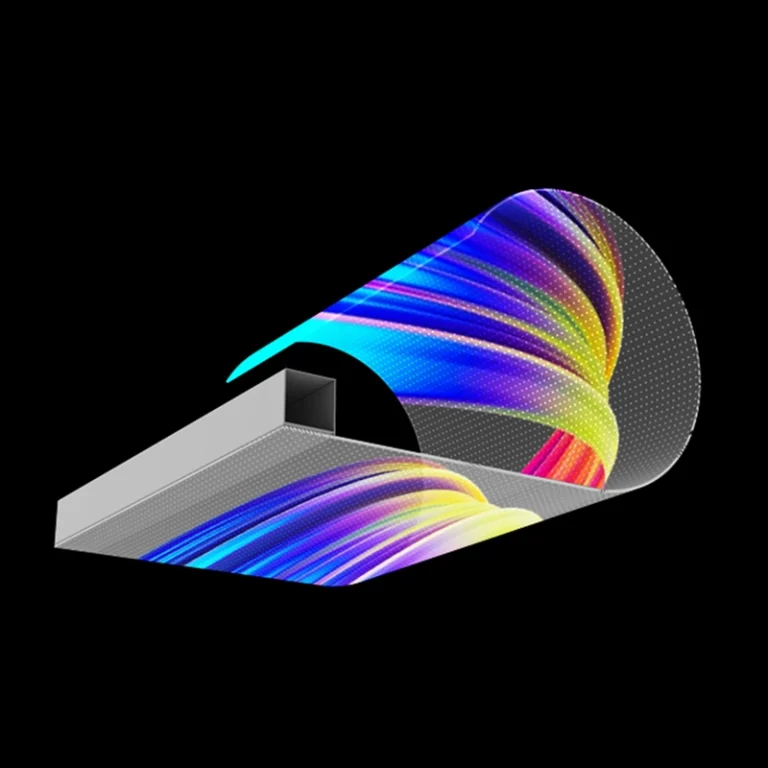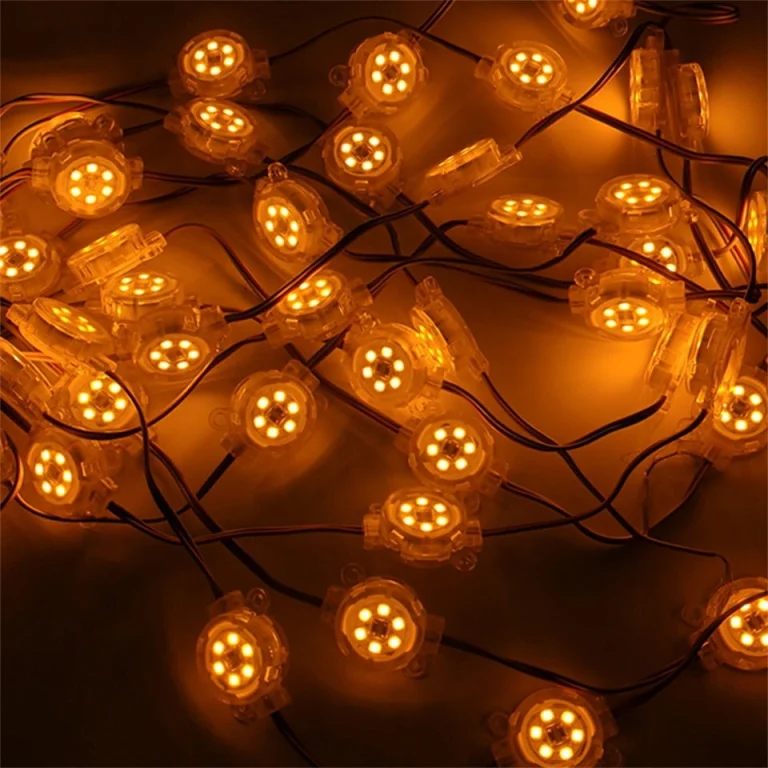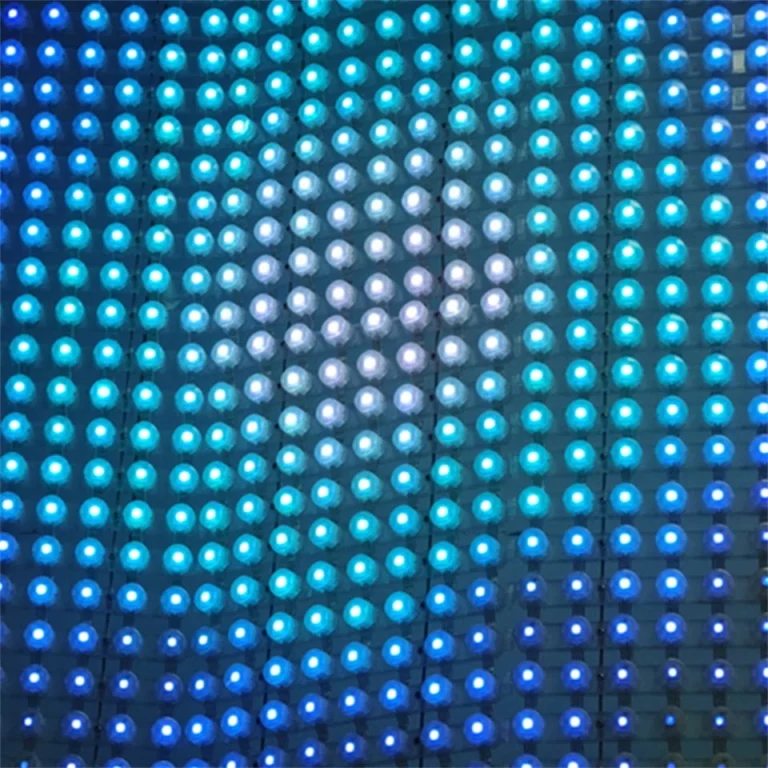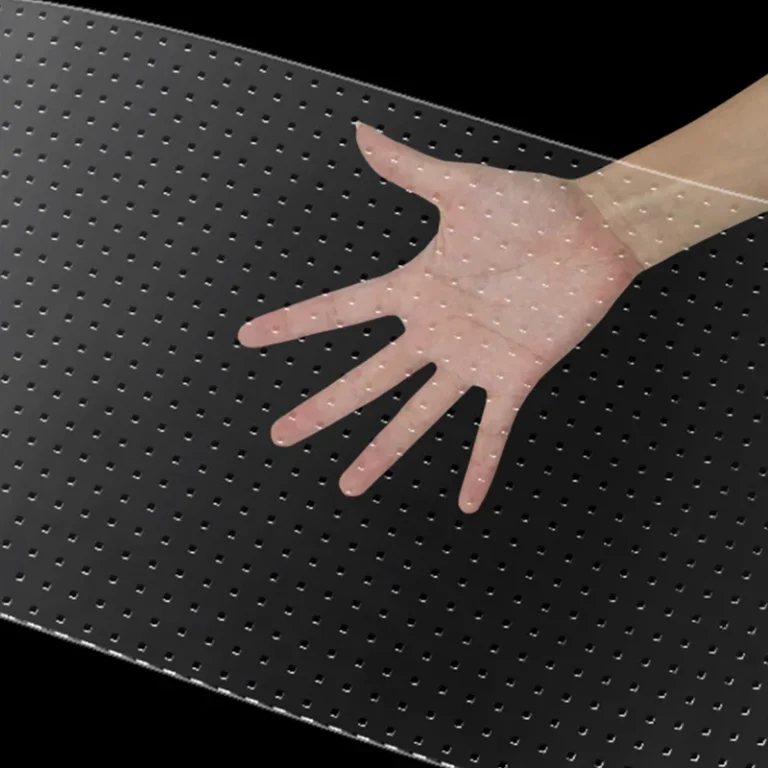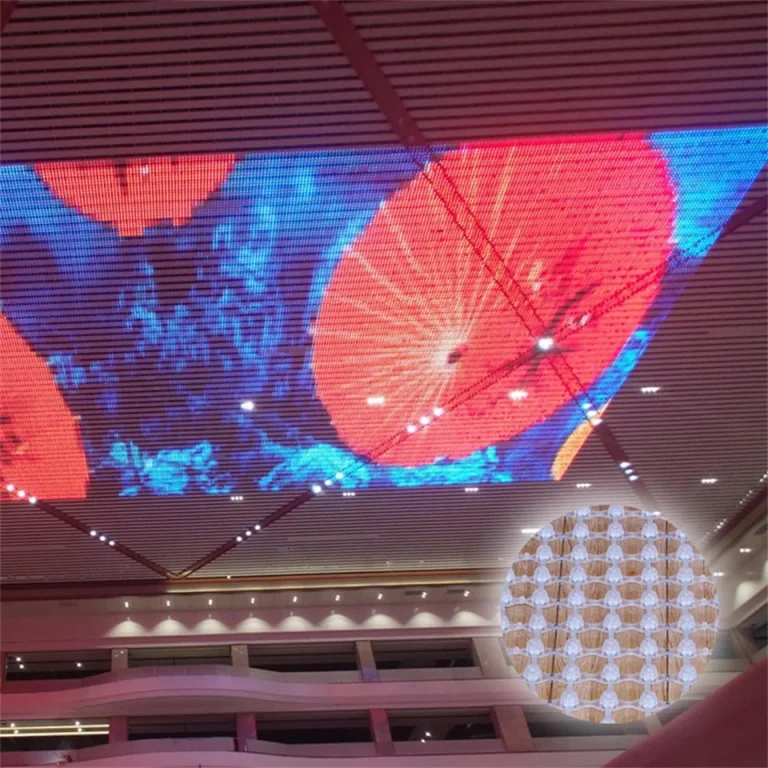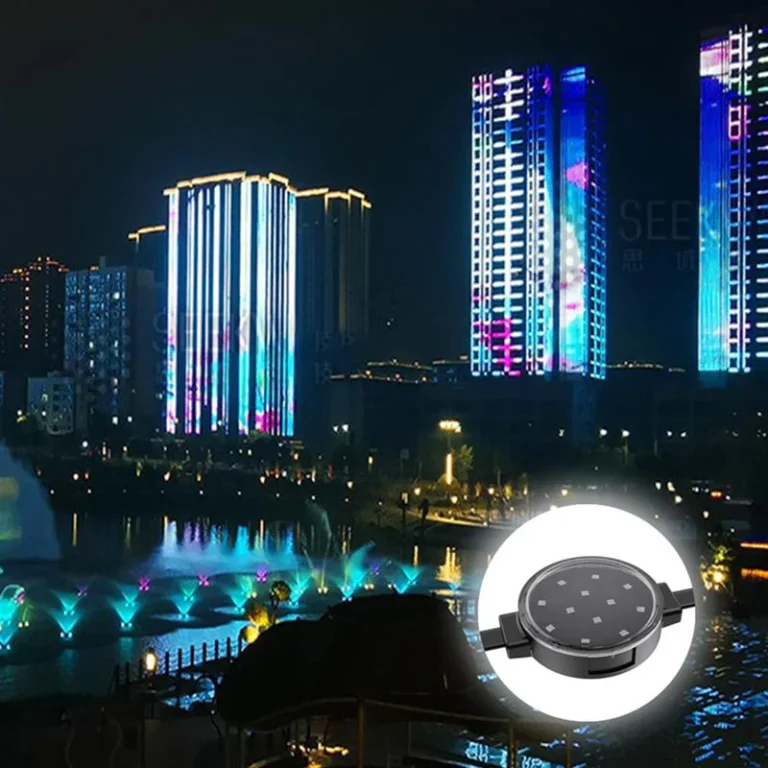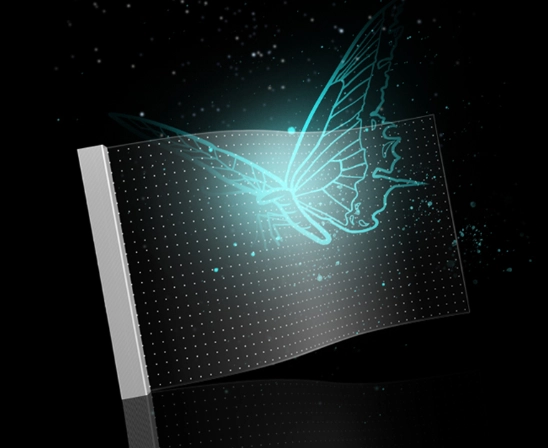Led point light:
A point light source refers to a very small and very bright light source, usually used to simulate the behavior of point light sources in the physical world. In computer graphics and image processing, point lights are commonly used to create shadows and lighting effects to enhance the realism and stereoscopic feel of images.
In the real world, a point light source can be a very bright light bulb, spotlight, or other light source with strong lighting effects. In computer graphics, a point light source is typically modeled as a light source at a position, with light radiating uniformly in all directions.
The principle of point light source:
A point light source refers to a light source in physical space where only one point emits light. It is one of the basic units that make up complex light sources and is also a commonly used light source model in computer graphics.
The principle of point light source is based on the principle of light propagation and the law of conservation of optical energy. When light is emitted from a point light source, it will spread around and gradually weaken with increasing distance. This process can be described by the light attenuation formula, which is usually calculated using the inverse square method, where the intensity of the light is inversely proportional to the square of the distance.
In computer graphics, point lights are used to simulate lighting effects in the real world. By controlling parameters such as brightness, position, and color of point light sources, realistic or artistic style scene rendering effects can be generated. At the same time, point lights are also the foundat。
The Origin of Point Light Sources:
The concept of point light sources originated in the field of computer graphics. In computer graphics, in order to simulate lighting effects in the real world, it is necessary to model and simulate light sources. As one of the simplest light source models, point light has been introduced into computer graphics.
The earliest computer graphics developed in the 1960s, when research mainly focused on how to use computers to generate images. With the improvement of computer performance and graphics processing capabilities, people are beginning to try to simulate lighting effects in the real world to improve the realism and realism of images.
The concept of point light source was introduced into computer graphics in this context. By abstracting the light source as a point, it is convenient to simulate and calculate the propagation and lighting effects of light in computers. The point light source model。is simple and intuitive, easy to implement and control, and is therefore widely use。
Construction of point light sources:
Building a point light source in physical space requires the following key steps:
1:Light source selection: Choose the appropriate light source device or equipment as the point light source. Common point light sources include small light bulbs, LED lights, lasers, etc. Determine the brightness, color, and power parameters of the light source as needed.
2 :Installation position: Determine the installation position of the point light source. According to lighting requirements and design requirements, install point light source equipment at appropriate locations to ensure that light can effectively radiate to the target area。
3:Electrical connection: Connect the point light source to the power system. According to the electrical requirements of the light source equipment, carry out correct cable routing and wiring work to ensure that the point light source can be powered normally.
4:Beam control: Control the beam of the point light source according to actual needs. Reflectors, lenses,
Selection of accessories for point light sources:
The accessories for point light sources usually include the following types:
Bulb or light source: Choosing the appropriate type and brightness of bulb or light source is one of the most basic
accessories. Common types include incandescent bulbs, LED lights, spotlights, etc. The specific selection depends on the usage scenario and requirements.
Reflector or funnel: used to concentrate or diffuse light to adjust the effect and range of the light source. Reflectors of different shapes and materials can produce different light effects, such as focusing or scattering.
Bracket or mounting bracket: used to fix and support the light source, ensuring its stability and safety. The design of the bracket should take into account the weight and stability requirements of the light source.
Power supply and controller: Provides power supply and controls parameters such as light source switch, brightness, and color. For some advanced light sources, specialized controllers or dimmers may be require
Light distributor: used to adjust the intensity distribution of a light source, such as focusing lenses, scattering lenses, etc., to meet specific lighting needs.
Installation type of point light source:
The installation type of point light source depends on the specific usage scenario and design requirements, and common installation types include:
Suspended ceiling installation: Point light sources can be installed on the ceiling, usually fixed to the suspended ceiling structure using suspension rods or hooks. This installation method is suitable for places that require overall or local lighting, such as living rooms, restaurants, etc.
Wall mounted installation: Point light sources can be installed on the wall and fixed through brackets or wall lamp holders. This installation method is commonly used to provide local or decorative lighting, such as in corridors, bedrooms, galleries, and other places.
Underground installation: Point light sources can be installed on the ground or underground to illuminate areas such as exterior walls, trees, and gardens of buildings. This installation method can create a special landscape effect.
Light strip installation: Point light sources can also be installed in the form of light strips, which have high flexibility and can be used for decoration or lighting in irregularly shaped areas, such as cabinets, bookshelves, stairs, etc.
Plug in installation: Point light sources can be installed in plug-in lighting fixtures, directly inserted into the ground or other fixed bases, for illuminating outdoor paths, lawns, gardens, and other areas.
Ceiling installation: Point light sources can be directly installed on the surface of the ceiling, fixed by screws or magnetic adsorption, suitable for places that require simple and uniform lighting.





